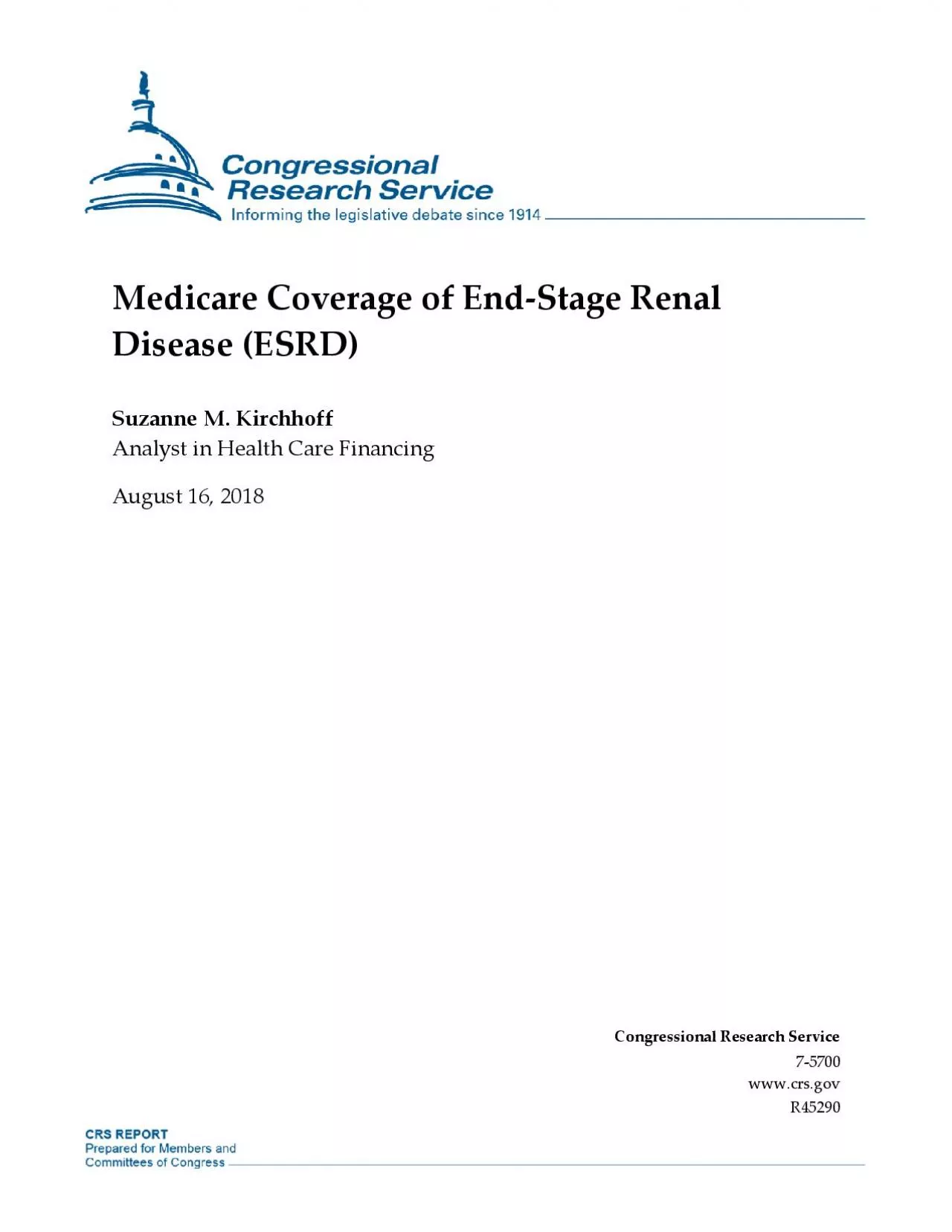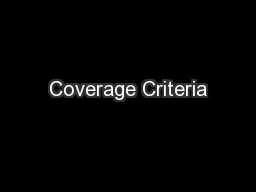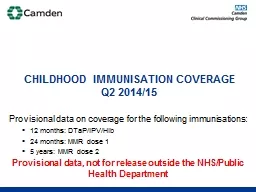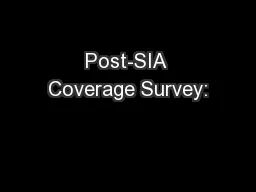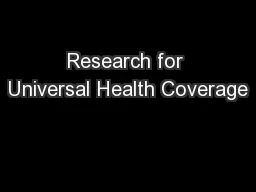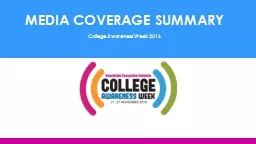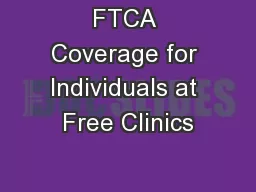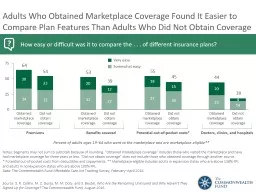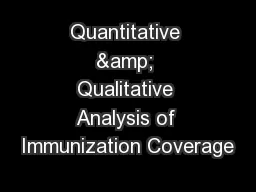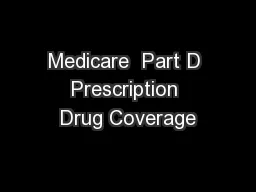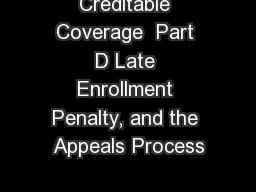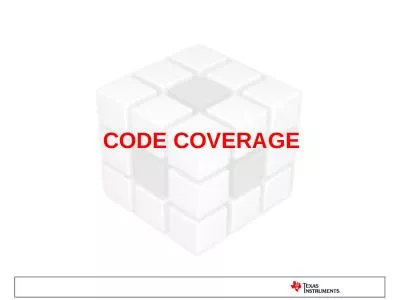PDF-edicare Coverage of nd
Author : mila-milly | Published Date : 2022-09-08
2tage 1enal isease 21 2uzanne Kirchhoff nalyst in Health Care inancing ugust 16 2018 Congressional Research Service 7 5700 wwwcrsgov R45290 Congressional Research
Presentation Embed Code
Download Presentation
Download Presentation The PPT/PDF document "edicare Coverage of nd" is the property of its rightful owner. Permission is granted to download and print the materials on this website for personal, non-commercial use only, and to display it on your personal computer provided you do not modify the materials and that you retain all copyright notices contained in the materials. By downloading content from our website, you accept the terms of this agreement.
edicare Coverage of nd: Transcript
Download Rules Of Document
"edicare Coverage of nd"The content belongs to its owner. You may download and print it for personal use, without modification, and keep all copyright notices. By downloading, you agree to these terms.
Related Documents

